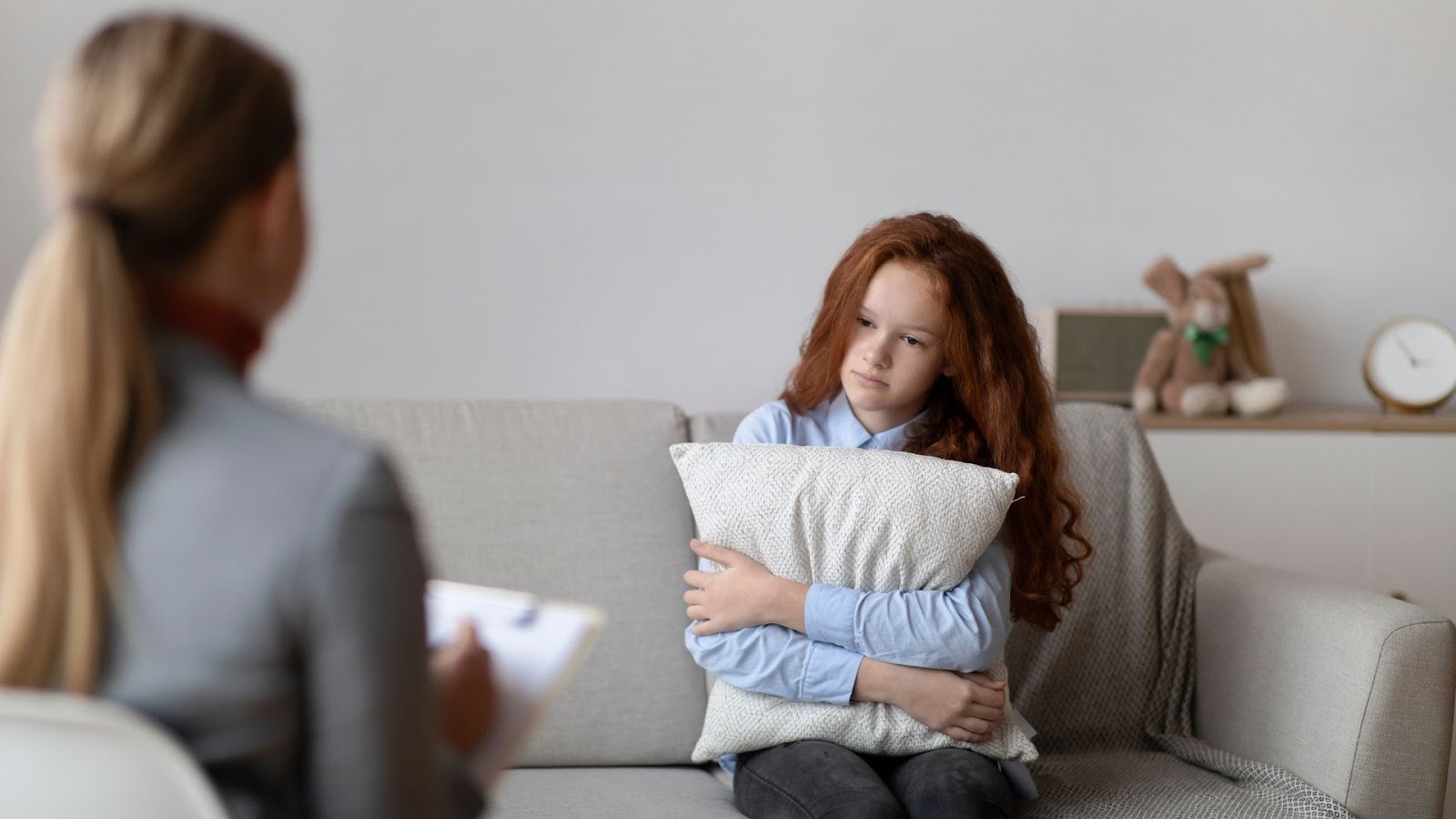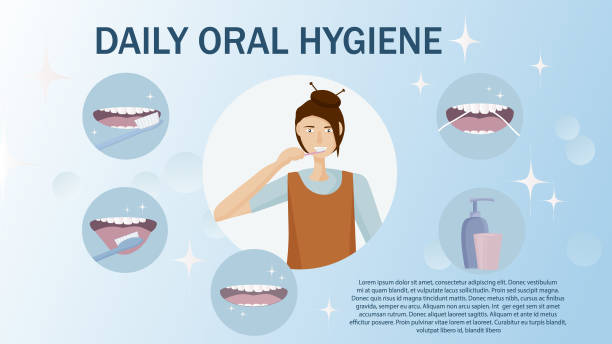Why Listening Is Key to Teen Mental Health Support
Something’s not right with today’s teenagers, and the numbers prove it. Teen mental health issues are skyrocketing at alarming rates, yet most adults struggle to connect meaningfully with the young people in their lives. The gap between teens desperately needing support and adults providing effective help continues to widen. Traditional approaches to mental health conversations often backfire, leaving teens feeling misunderstood and adults feeling helpless.
31.9% of teens experience anxiety, the highest mental health disorder among this group, followed by depression at 20%. These staggering statistics reveal why conventional communication methods aren’t working. Parents ask direct questions and receive one-word answers. Teachers notice behavioral changes but can’t break through the silence.
Why Listening Matters More Than Talking
Research consistently shows that teens who feel genuinely heard by trusted adults show significantly improved mental health outcomes compared to those who don’t. The breakthrough lies in understanding that active listening creates the foundation for every other intervention to succeed.
When teens feel safe to express their authentic thoughts and emotions without judgment, they naturally begin to heal. Rather than more advice and information, what a parents guide to mental health for teens often reveals is that the key isn’t talking more, it’s listening better.
The Science Behind Active Listening for Teen Mental Health
Understanding the teen mental health crisis requires recognizing why listening works at a neurological level. The adolescent brain processes communication differently from adult brains, making traditional advice-giving approaches counterproductive.
Understanding the Teenage Brain’s Communication Needs
The teenage brain’s prefrontal cortex, responsible for decision-making and emotional regulation, doesn’t fully develop until age 25. This means teens often can’t articulate their feelings clearly, even when they want to share them. Their emotional experiences feel overwhelming and confusing.
Active listening provides the patience teens need to process and express complex emotions. When adults rush to offer solutions, they interrupt this natural processing, causing teens to shut down completely.
Research-Backed Benefits of Listening-First Approaches
Studies consistently demonstrate that teens respond better to validation than advice. Neuroimaging research shows that feeling heard activates the brain’s reward centers, reducing stress hormones like cortisol that contribute to anxiety and depression.
Mental health awareness improves dramatically when teens experience non-judgmental listening. Their brains literally calm down, allowing rational thought to emerge naturally.
Statistical Impact: Teens Who Feel Heard vs. Those Who Don’t
Teens who report having at least one adult who listens without judgment show 40% lower rates of depression and anxiety. They’re also significantly more likely to seek help during mental health crises, creating a protective factor against self-harm and dangerous behaviors.
Understanding the teen mental health crisis is just the beginning; the real breakthrough comes from recognizing why listening works at a neurological level.
Recognizing the Silent Signals – Decoding Non-Verbal Teen Communication
Now that we understand how the teenage brain responds to active listening, it’s crucial to recognize that teens communicate far beyond their words. Most teenage communication happens through subtle cues that adults often miss or misinterpret.
Digital Age Body Language – Reading Teens in the Social Media Era
Modern teens express emotions through digital behaviors that didn’t exist in previous generations. Sudden changes in posting frequency, shifts in emoji use, or withdrawal from group chats often signal underlying mental health struggles.
Effective communication with teens requires understanding these new forms of expression. A teen who stops using their usual funny memes might be experiencing depression, even if they claim everything’s fine verbally.
Micro-Expressions and Mood Indicators Specific to Adolescents
Teenagers develop sophisticated ways to hide emotional pain from adults. However, micro-expressions, brief, involuntary facial expressions, reveal true feelings. A forced smile that doesn’t reach the eyes or a quick flash of sadness before putting on a brave face tells the real story.
Support for teens begins with noticing these fleeting moments when their guard drops. These windows provide opportunities for gentle, listening-focused conversations.
Environmental Cues That Reveal Mental Health Status
Changes in personal space management often indicate teen mental health shifts. A previously organized teen whose room becomes chaotic, or a social teen who starts isolating in their bedroom, is communicating distress through environmental choices.
Reading these silent signals is powerful, but meaningless without the right response.
Foundation Strategies for Effective Communication With Teens Through Active Listening
Here are the foundational communication strategies that transform your observations into genuine connection and support for teens. These techniques create the bedrock for all other interventions to succeed.
Creating Psychologically Safe Spaces for Vulnerable Conversations
Psychological safety means teens can express difficult emotions without fear of lectures, punishment, or dramatic overreactions. This requires adults to manage their own emotional responses first.
The Power of Validation – Acknowledging Teen Experiences Without Judgment
Validation doesn’t mean agreement; it means acknowledging that their feelings make sense from their perspective. Phrases like “That sounds really difficult” or “I can see why you’d feel that way” work better than “You shouldn’t feel like that.”
Mental health awareness grows when teens feel their emotions are acceptable and understandable, even when their behavior needs adjustment.
Strategic Silence – When Not Talking Speaks Volumes
Many adults feel compelled to fill every pause in conversation, but teens often need silence to process thoughts. Comfortable silence communicates patience and reduces pressure to perform emotionally.
Effective communication with teens includes learning when not to speak, allowing natural pauses for reflection and emotional processing.
While these foundational approaches work for most situations, certain mental health scenarios require specialized listening skills.
Advanced Listening Techniques for Different Teen Mental Health Scenarios
Let’s explore advanced techniques tailored for crisis intervention, neurodiversity, and trauma-specific challenges that require more nuanced active listening approaches.
Crisis Intervention Through Empathetic Listening
During mental health crises, traditional listening rules change dramatically. Teens in crisis need immediate emotional connection, not problem-solving. 15.7% of teens have a plan for attempting suicide, and 8.9% have made an actual attempt, making crisis listening skills essential.
Crisis listening involves reflecting emotions immediately: “You’re feeling hopeless right now,” or “This pain feels unbearable.” This validates their experience while keeping them talking.
Neurodiversity-Informed Listening Approaches for Teen Support
Neurodivergent teens often communicate differently, requiring adapted listening strategies. Teens with autism might need more processing time between questions, while teens with ADHD might benefit from movement during conversations.
Support for teens with neurodiversity includes understanding their unique communication patterns and adapting accordingly, rather than forcing neurotypical conversation norms.
Trauma-Informed Active Listening Strategies
Teens with trauma histories often experience triggers during conversations about emotions. Trauma-informed listening involves recognizing when conversations become overwhelming and providing immediate emotional safety.
This includes validating their right to stop conversations anytime and reassuring them that their reactions are normal responses to abnormal experiences.
Even the most skillful listening techniques can hit a wall when teens actively resist communication.
Breaking Through Resistance – Listening Strategies for Reluctant Teens
When traditional approaches fail, these breakthrough strategies can unlock even the most closed-off adolescents who’ve learned that adults don’t listen anyway.
The Two-Question Rule Reimagined for Maximum Impact
Instead of rapid-fire questioning, limit yourself to two thoughtful questions per conversation. This reduces interrogation feelings while demonstrating genuine interest rather than superficial checking in.
Effective communication with teens improves when they don’t feel pressured to provide extensive responses immediately. Quality questions matter more than quantity.
Using Shared Activities to Facilitate Natural Conversations
Side-by-side activities like cooking, driving, or exercising create natural conversation opportunities without the intensity of face-to-face discussions. Teen mental health conversations often flow more easily during shared experiences. These activities provide natural breaks in conversation, reducing pressure while creating positive shared memories that strengthen relationships.
Technology-Assisted Communication – Apps and Tools That Enhance Listening
Modern technology offers new ways to practice active listening through apps that help teens express emotions they can’t verbalize. Mood tracking apps, for example, provide conversation starters based on their recorded feelings. However, technology should supplement, not replace, human connection and genuine emotional presence.
Professional Integration – When to Enhance Listening with Mental Health Services
Recognizing when loving support for teens needs professional reinforcement is equally vital. Strong listening relationships form the foundation, but they can’t replace professional mental health care when needed.
Recognizing Limits of Supportive Listening vs. Professional Intervention
Active listening from caring adults provides crucial support, but it’s not therapy. Warning signs like persistent sleep changes, dramatic personality shifts, or talk of self-harm require professional evaluation alongside continued listening support.
The goal is seamless integration where listening relationships enhance professional treatment rather than competing with it.
Collaborative Care Models That Honor Teen Preferences
The most effective mental health awareness programs involve teens in choosing their support team. This might include trusted family members, school counselors, therapists, and peer support specialists working together.
A comprehensive parents’ guide to mental health for teens will emphasize that collaboration among all sources of support is crucial, with active listening serving as the common thread that ties various interventions together.
Bridging Trust Between Teens and Mental Health Professionals
Many teens resist professional help because they fear judgment or misunderstanding. Adults who’ve built strong listening relationships can help bridge this trust gap by sharing what makes certain teens feel heard.
This collaborative approach increases the likelihood of successful professional interventions by building on existing trust rather than starting from scratch.
As mental health care evolves, innovative technologies are enhancing our ability to understand and support teens in unprecedented ways.
Technology and Innovation in Teen Mental Health Listening Support
Discover cutting-edge tools that can amplify your listening skills and provide deeper insights into teen mental health patterns and needs.
AI-Assisted Mood Tracking and Communication Insights
Artificial intelligence tools can now analyze speech patterns, text messages, and social media posts to identify potential teen mental health concerns before they become crises. However, these tools should inform human listening, not replace it.
Digital Listening Platforms and Teen Mental Health Apps
New apps create safe spaces for teens to practice expressing emotions before real conversations. These platforms help teens organize their thoughts and feelings, making subsequent active listening conversations more productive.
Digital platforms can’t replace human connection, but they can prepare teens for more meaningful face-to-face conversations.
Biometric Feedback Tools for Enhanced Communication Understanding
Wearable devices can now monitor stress levels, sleep patterns, and other physiological indicators that inform effective communication with teens. This data provides objective insights into their emotional state, supporting more targeted listening approaches.
Measuring Success – Tracking Improvements in Teen Mental Health Through Better Listening
Here’s how to track progress and refine your approach for maximum impact in support for teens through evidence-based listening strategies.
Behavioral Indicators of Effective Communication Breakthroughs
Successful active listening relationships show measurable changes: increased voluntary sharing, improved mood stability, better academic performance, and stronger family relationships. These indicators often appear gradually over weeks or months.
Mental health awareness grows when teens begin initiating conversations about difficult topics, showing increased trust in the listening relationship.
Self-Assessment Tools for Parents and Supporters
Regular self-reflection helps adults improve their listening skills continuously. Simple questions like “Did I interrupt?” or “Did I offer advice before understanding?” help identify areas for improvement.
Teen mental health support improves when adults commit to ongoing growth in their communication skills rather than assuming they already know how to listen effectively.
With clear metrics showing the power of effective listening, it’s time to synthesize these strategies into a comprehensive approach.
Your Questions About Teen Mental Health
- What are listening skills for teens?
Active listening requires patience and understanding rather than just passively hearing what you expect or want to hear. It involves reflecting back what you understand, asking thoughtful questions for clarity, and withholding judgment or interruptions. Learning to listen expands a teen’s capacity for empathy.
- How long does it take to see improvements in teen mental health through active listening?
Most teens show initial signs of increased openness within 2-4 weeks of consistent, non-judgmental listening. However, significant mental health awareness and behavioral changes typically develop over 2-3 months of regular, quality conversations and emotional connection.
- What should I do if my teen stops communicating completely despite my listening efforts?
Persistent withdrawal may indicate teen mental health issues requiring professional evaluation. Continue offering consistent, patient presence without pressure. Sometimes teens need to see sustained commitment before trusting enough to open up again through effective communication with teens.







